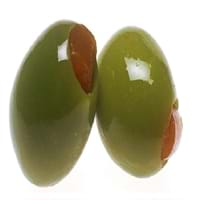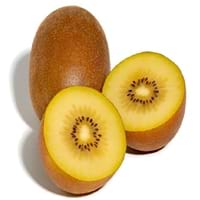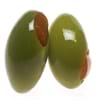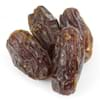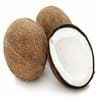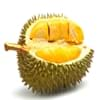Health Benefits
Cancer prevention, Helps in cartilage regeneration, Prevents macular degeneration, Treatment of alzheimer's disease
Asthma treatment, Heart care, Improves stomach health, Regulation of heart rate, Treatment of skin Diseases
General Benefits
Anti oxidant properties, Anti-inflammatory properties, Boosts immune system, Controls blood pressure, Digestive aid, Maintains healthy cholesterol level
Boosts immune system, Controls blood pressure, Eye care, Helps in weight loss
Skin Benefits
Hydrates skin, Skin rejuvenation, Treatment of skin diseases
Brightens and lightens complexion, Heals sunburn, Reduces wrinkles, Skin rejuvenation, Treatment of acne, Treatment of dark spots, Treatment of skin diseases
Hair Benefits
Acts as moisturizer, Good conditioner, Regulates hair growth
Prevents hair loss, Promotes longer and healthier hair, Treatment of dandruff
Allergy Symptoms
NA
Abdominal pains, Anaphylaxis, Breathing difficulty, Itching in tongue and other parts of mouth, Itching sensation in throat, Swelling of mouth, tongue or lips, Vomiting
Side Effects
Affects blood glucose levels, Dizziness, Stomach pain
Allergic reaction, Diarrhoea, Skin rash, Possibly unsafe during pregnancy
Best Time to Eat
Hardly eaten raw, Olive oil is consumed for many purposes.
Any time except an hour after meal
Vitamin B5 (Pantothenic Acid)
Vitamin C (Ascorbic Acid)
Vitamin K (Phyllochinone)
Calories in Fresh Fruit with Peel
Calories in Fresh Fruit without Peel
Not Available
Not Available
Calories in Frozen Form
Not Available
Not Available
Season
Spring, Summer
Spring, Summer, Winter
Varieties
Manzanillo, Sevillano, Mission, Ascolano, Barouni, Gordal, Rubra and Picholine
Qing Yuan #27, Qing Yuan #29, Qing Yuan #6 and Huang Yan
Color
Black, Green, Purple, Yellow
Brown, Yellow
Inside Color
Brown
Yellow
Origin
Eastern Mediterranean Region
China
Soil Type
Well-drained
Well-drained
Climatic Conditions
Warm to hot climate
Cold, Sunny
Facts about
- In ancient Greece, 1st eye shadow was made by adding olive oil in ground charcoal.
- The most expensive form of olive oil is Extra Virgin.
- Largest type of olive tree is known as donkey tree & smallest one is called bullet.
- The name Kiwi is due to its resemblance with 'Kiwi' bird.
- This variety of Kiwi was developed by New Zealand, it is not fuzzy on the outside and it has a taste reminiscent of the mango fruit.
Other Countries
Algeria, Egypt, Greece, Italy, Morocco, Portugal, Syria, Tunisia, Turkey
Chile, France, Greece, Iran, Japan, New Zealand, Portugal, Turkey, United States of America
Top Importer
United States of America
United States of America
Top Exporter
Italy
New Zealand
Botanical Name
Olea europaea
Actinidia chinensis
Synonym
Not Available
Not Available
Subkingdom
Tracheobionta
Tracheobionta
Division
Magnoliophyta
Magnoliophyta
Class
Magnoliopsida
Magnoliopsida
Subclass
Rosidae
Dillenhidae
Family
Oleaceae
Actinidiaceae
Species
O. europaea
A. chinensis
Difference Between Olive and Gold Kiwi
We might think that Olive and Gold Kiwi are similar with respect to nutritional value and health benefits. But the nutrient content of both fruits is different. Olive and Gold Kiwi Facts such as their taste, shape, color, and size are also distinct. The difference between Olive and Gold Kiwi is explained here.
The amount of calories in 100 gm of fresh Olive and Gold Kiwi with peel is 115.00 kcal and 60.00 kcal and the amount of calories without peel is Not Available and Not Available respectively. Thus, Olive and Gold Kiwi belong to High Calorie Fruits and Low Calorie Fruits category.These fruits might or might not differ with respect to their scientific classification. The order of Olive and Gold Kiwi is Lamiales and Ericales respectively. Olive belongs to Oleaceae family and Gold Kiwi belongs to Actinidiaceae family. Olive belongs to Olea genus of O. europaea species and Gold Kiwi belongs to Actinidia genus of A. chinensis species. Beings plants, both fruits belong to Plantae Kingdom.
